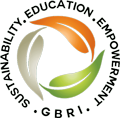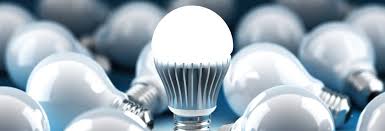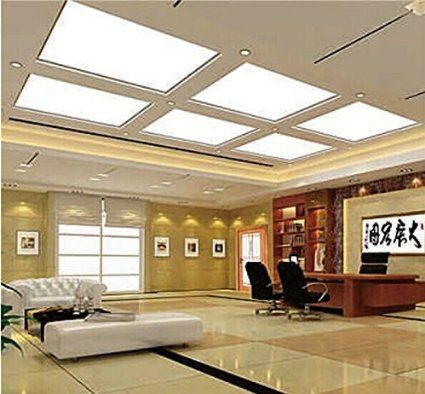About
Lighting is one of a building’s major consumers of energy. We will discuss LEED credits and codes that are applicable to lighting design, such as ASHRAE and IESNA. We will also look at factors that influence decisions about artificial lighting systems, such as operational costs. We will go on to explore energy efficient strategies, technologies, and processes applicable for projects. LEED documentation requirements are discussed, and the course concludes with case studies that will demonstrate the concepts introduced.
What you will learn
- Assess factors driving efficiency in lighting.
- Analyze various lighting technologies and strategies and their application to LEED.
- Identify and analyze LEED credits (intent, requirements, implementation and documentation strategies) that are related to lighting..
- Describe lighting controls, occupancy sensors, timers and their application to LEED projects
- Explain LEED compliance and documentation requirements for credits related to lighting.
- Incorporate lighting technologies and strategies on LEED projects that they are working on (BD+C, O+M, ID+C).
- Distinguish benefits of combining day lighting and artificial lighting in projects.
- Describe how strategies discussed in the presentation were applied on 2 LEED certified projects.
Course Content

Login
Accessing this course requires a login. Please enter your credentials below!






Responses